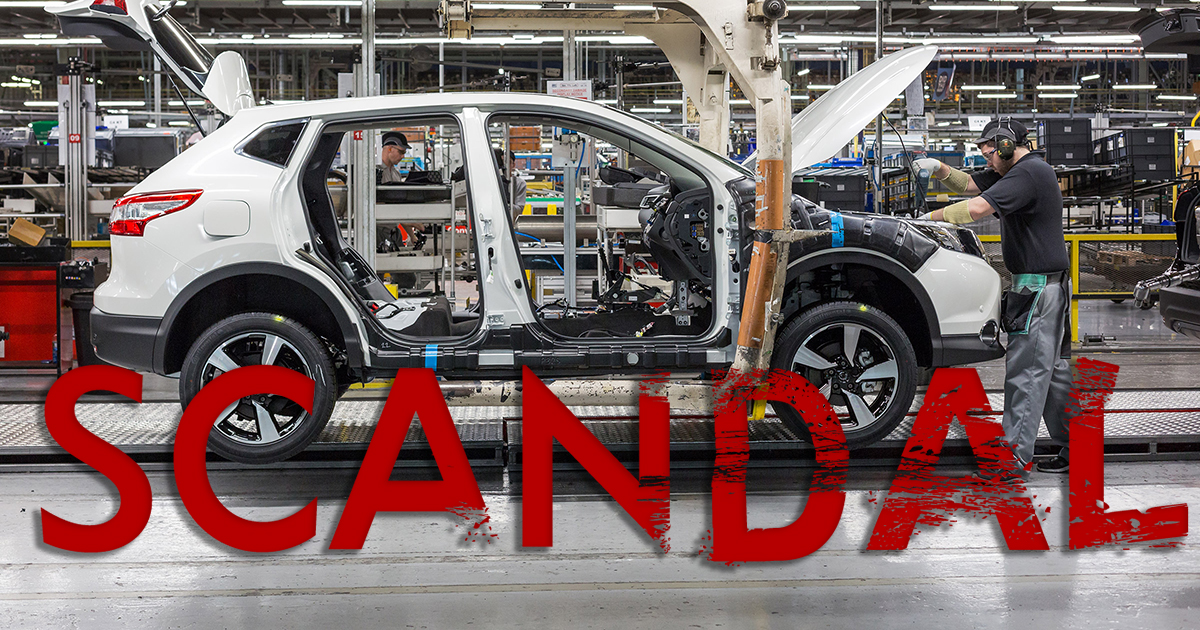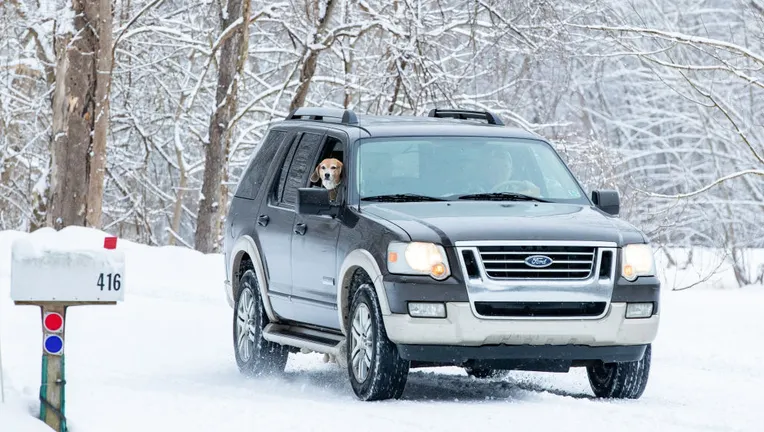Who Needs A Mechanic? Fix It Yourself!
Cars can be a complicated mess for those with no experience working on them. But most reasonably intelligent people can handle seemingly complex repairs simply by following directions and making sure all parts that were unconnected are reconnected. Doing at-home repairs can save a bunch of money, and it places a sense of pride in many car owners knowing they fixed their own problem. Here are ten common car problems that should not require the work of a mechanic.
Flat Tire

Although it takes a bit of strength, almost anyone should be able to fix a flat tire on their own. It does not require much effort. When a car begins to tilt to one side or make a loud thumping noise while driving, get out to check and see if there is a flat tire. Most cars come equipped with a spare tire and some type of car jack with a lug nut ratchet in the trunk. Hook up the jack to a stable part of the motor vehicle frame, pump it up, and remove the lug nuts. Place the spare tire on and tighten the lug nuts. Then bring the jack down slowly.
Burned Out Head Light Or Tail Light

It can be hard to detect when a head light or tail light is out because the driver does not see these things from the front seat. When a light is out, the turn signal may blink rapidly on that side of the car, or the driver may notice a lack of light. The type of bulb needed to replace the burned out bulb will depend on the make and model of the car. Ask a car expert at an auto shop for the correct one. With the car turned off, pop out the old bulb and slide the new one in.
Dead Battery

The car will obviously not start with a dead battery. The battery can be checked or charged at home. Certain automotive places will test the battery for free to make sure there is not another reason why the vehicle will not start. Corrosion can be cleaned off with a metal brush. To replace a dead battery, unbolt the dead one by the terminal first then the positive. A ground wire may also need to be taken off. Place the new battery in and reattach the wires.
Faulty Spark Plugs

Spark plugs are required to induce the engine’s combustion. If they are filled with corrosion or are not working properly, the engine may not run properyl and the car will have hard start-ups or idles. To change bad spark plugs, pop open the covers, unscrew the plugs, and replace with new ones. This can be easily done at home unless the plugs are hard to reach or if the vehicle requires a lot more work than just spark plug replacements.
Side View Mirror

Replacing a broken side view mirror is easier than it seems. Most of the time, it can be done at home, but many people often bring them in to repair shops because believe there are numerous and complex steps involved. The clips and mounting screws needed to hold the mirror in place are located inside the cover panel, which is held together by a hook. Unscrew the hook and cover panel, then the mounting screws and power mirror connector, screw in the new mirror and then reattach.
Oil Change

An oil change should be done every three thousand to five thousand miles depending on how old the car is and the type of oil used. Before changing a vehicle’s oil, know what kind of oil and filter is needed, where the oil pan bolt is, where the oil filter is, and how much oil is required. To change the oil, take off the bolt and drain the oil into a pan. Replace the oil filter and tighten the screw. Refill the engine with new oil. Lubricate the rubber ring with a tiny bit of oil and put a bit of oil in the filter as well.
Squeaky Belts

An intense or annoying squeak or cracks in the belt may be an indication of a bad belt. They are pretty easy to detect as the belt will start to appear broken and frayed. Before removing the old belt, make sure the path the belt takes is clear. Then use a ratchet to remove the tension arms to free the strap. Check to be sure there is no access rubber, oil or grime that would cause the belt to crack. Reroute the new belt and lock the tension arm back up.
Dead Alternator

When a car will not turn over or makes an attempt but cannot start, it could be from a dead alternator. Electrical problems are thought of as too complicated to fix at home, but a dead alternator is an easy fix. Start by removing the electrical connections, which consist of a harness connector and power wires, and unbolt the brackets. Use the tension arm to release the serpentine belt, put the new one in, and reconnect the cables.
Leaky Radiator

A leaky radiator may be present when antifreeze cannot be seen when the cap is taken off, or if there is a puddle underneath the vehicle. It is better to replace the entire radiator when it is faulty rather than trying to repair the bad one. Jack the car up and remove the drain bolt underneath the radiator. Remove all the coolant. Remove the overflow tank, unplug the cooling fans, remove the top hose on the radiator, and take off the brackets that hold it in place. Pull out the radiator and slide the new one in. Replace the rubber pieces and tubes and fill the vehicle with coolant.
Brake Pads And Rotors

Most people are aware they have bad brake pads or rotors due to the unbearable screeching sound whenever they try to brake. Jack the car up and remove the tire on the side with the awful noise. Take off the calipers and remove the pads by first removing the slide pins. Use a c-clamp to compress the piston back down into the caliper. Replace the rotors first and then push the pads back into place. Insert the brake caliper over the pads and tighten then down. Finally, check the brake fluid and the squeak should be gone.







